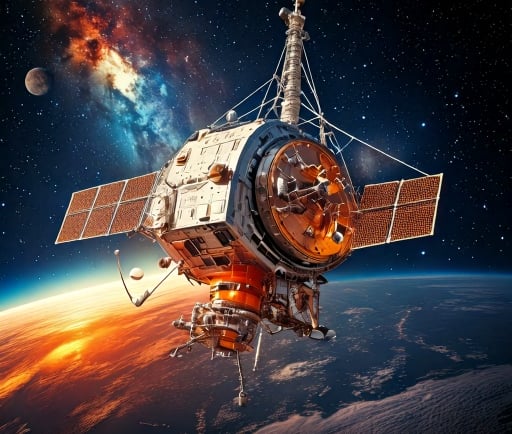Voyager 1: The Remarkable Journey Beyond Our Planet


Introduction to Voyager 1
Launched on September 5, 1977, NASA's Voyager 1 spacecraft embarked on an extraordinary journey into the depths of space. Initially sent to explore the outer planets, Voyager 1 has since traveled over 3.7 billion miles from Earth, providing an unprecedented view of our solar system. It has become a vital asset in understanding the cosmos, as it continues to send back invaluable data long after its initial mission was complete.
Photographing Earth from a Distance
One of Voyager 1's most iconic achievements occurred on February 14, 1990, when it captured the remarkable "Pale Blue Dot" image of Earth. At the time, Voyager was more than 3.7 billion miles away, a distance that allowed it to take a photograph of our planet as a tiny speck in the vastness of space. This poignant image serves as a reminder of our planet's fragility and the unity of humanity within the vast universe.
Discoveries of Saturn and Jupiter's Moons
In addition to capturing images of Earth, Voyager 1 made significant discoveries regarding the moons of Saturn and Jupiter during its journey. As it approached these gas giants, the spacecraft provided a wealth of information about their unique satellite systems. For instance, Voyager 1's close encounters with Jupiter revealed previously unseen details about its moons, such as Io's volcanic activity and Europa's icy surface.
Similarly, its exploration of Saturn unveiled remarkable details about its largest moons, Titan and Rhea. Titan, with its dense atmosphere and liquid methane lakes, emerged as a noteworthy body for astrobiological research. Voyager 1's observations provided researchers with crucial insights, highlighting the diversity and complexity of the moons orbiting these massive planets.
The Continuing Legacy of Voyager 1
The legacy of Voyager 1 extends beyond its initial discoveries. Even though it has crossed into interstellar space, Voyager 1 continues to convey fascinating data about cosmic rays and the heliosphere's outer edges. Its ongoing transmission underscores the mission's success and its role as a pioneering venture in space exploration.
As we reflect on Voyager 1's incredible journey, we are reminded of the importance of curiosity and exploration. This spacecraft has not only expanded our understanding of the outer reaches of our solar system but has also instilled a sense of wonder about the universe. The lessons learned from Voyager 1 will undoubtedly inspire future generations of scientists and explorers seeking to uncover the mysteries of our cosmos.
